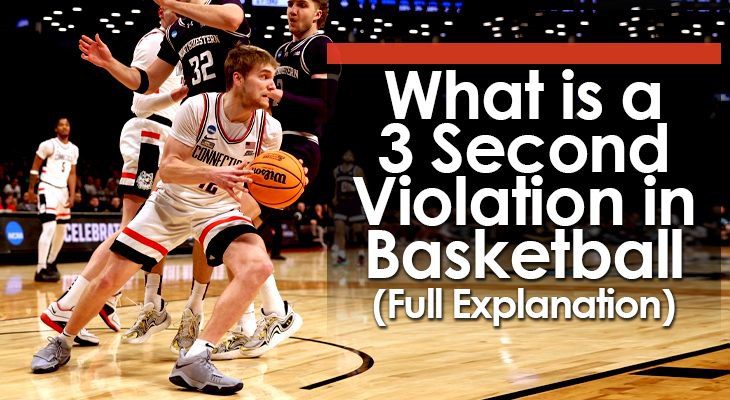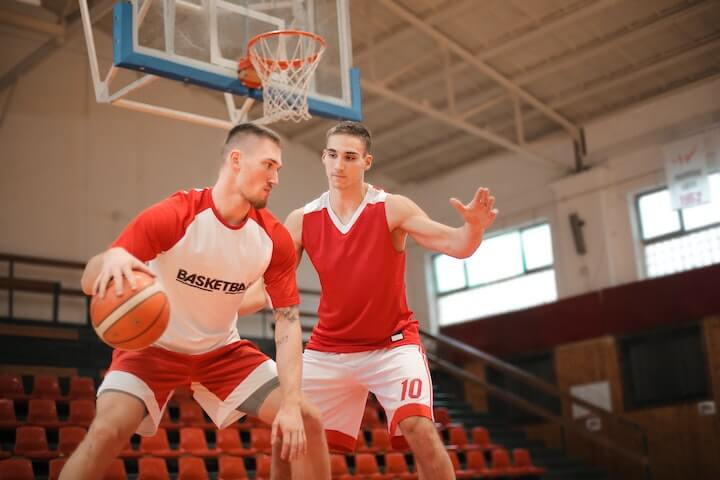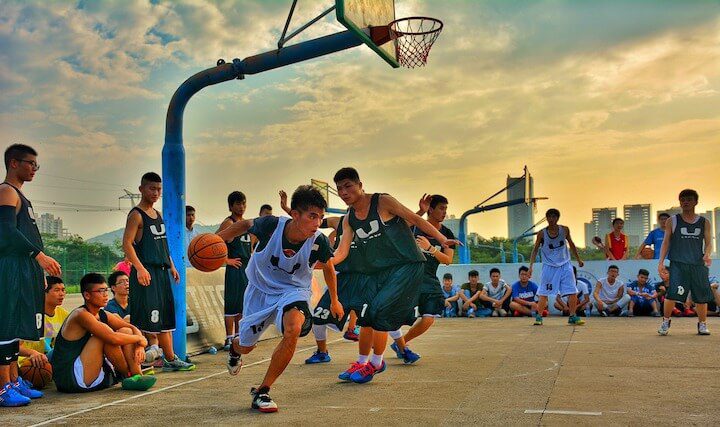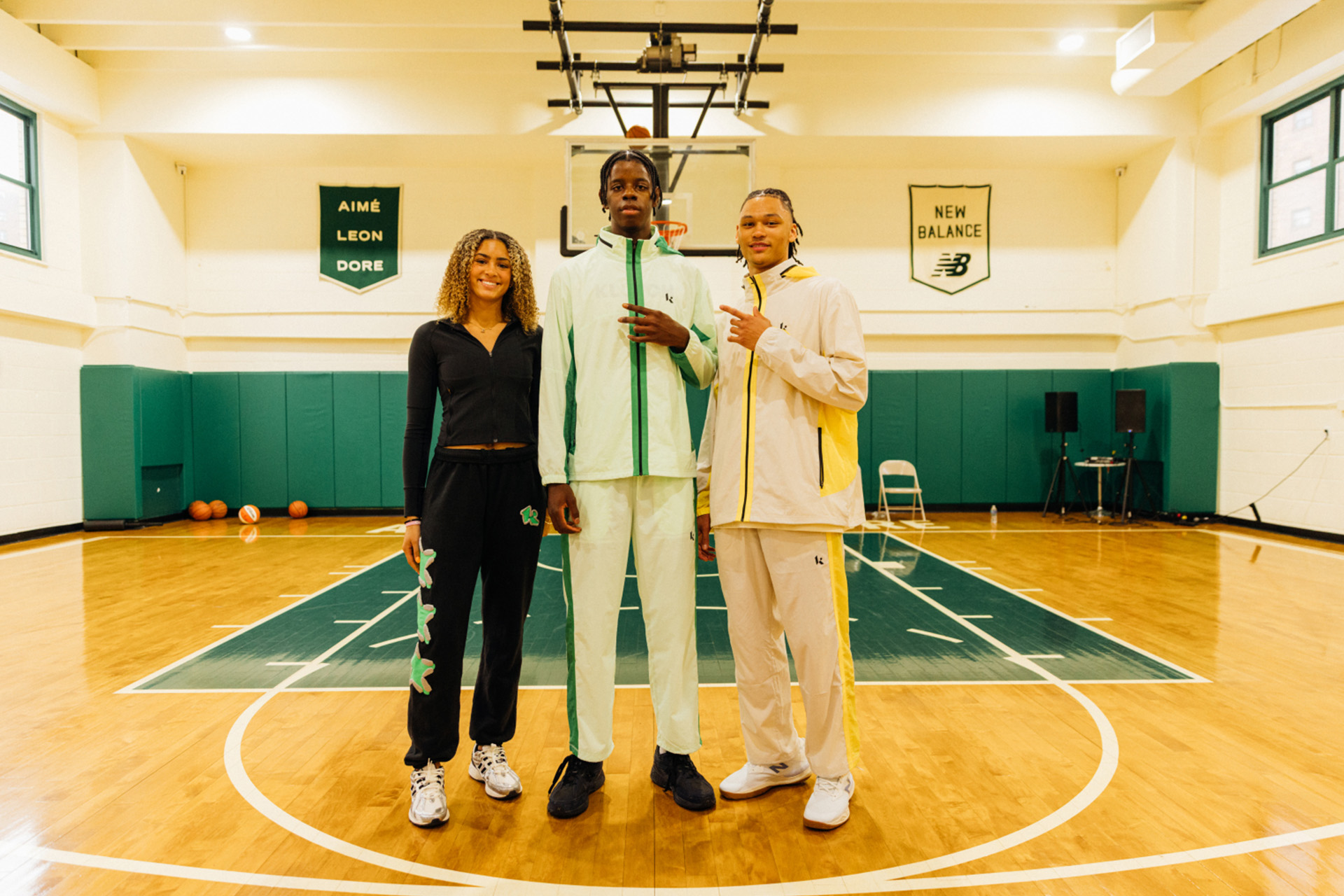[ad_1]

If you attend a basketball game, chances are that at least once during the course of the game you will hear a coach or fan yelling “Three seconds!”
This is to encourage the referee to call 3 second violation on the offense.
This is a common violation that occurs, especially in youth basketball, but is also a basketball rule that’s very misunderstood by coaches, players, and fans alike.
Because of that, this article will break down just what the 3 second violation is and how you can help your players from getting called for it.
What Is the 3 Second Violation in Basketball?
An offensive player is only allowed to be in the lane for 3 seconds when their team is in possession of the basketball in the front court.
The count begins once one foot enters the paint and does not reset until every part of the body leaves the lane or there is a shot attempt.
Exceptions to the 3 Second Violation
One of the most confusing parts about the 3 second call is that the count can be suspended if a player catches the ball in the lane.
Once a player receives the ball in the paint, the referee may stop the count as long as they determine the player is attempting to score immediately.
However, if the player just catches the ball and makes no offensive move to score, the referee should continue counting.
Also, since the count resets each time there is a shot, it is possible for players to be in the lane for much longer than 3 seconds in certain situations.
Why Is a 3 Second Violation Illegal?
The 3 second violation is a rule to prevent the offense from gaining an unfair position advantage.
If a player is allowed to remain in the paint throughout a possession, it makes it almost impossible for a defender to be able to stop the offense from getting a layup or drawing a foul.

What’s the Penalty for a 3 Second Violation?
The penalty for a 3 second violation is a deadball turnover by the offense.
The defense will be granted possession on the baseline.
Teaching Players to Avoid the 3 Second Violation
Depending on what offense you run, the 3 second violation may or may not be much of a challenge for your team.
Either way, here are a few quick tips to help your players avoid the violation:
a. Develop an “inner clock”
Some referees will warn players to get out of the lane before blowing the whistle, but that’s not something you can always count on.
So your players who regularly post up in the paint need to have a grasp of how long 3 seconds is. And they need to make sure to not let others yelling “Three!” affect their clock.
In addition, once they feel themselves getting close to committing the violation, they need to have a feel for how to quickly get both feet out of the lane without completely surrendering their advantage down low.
b. Feed the post
The players on the perimeter who are responsible for feeding the post are oftentimes just as big of culprits of the violation as the player in the lane.
And the reason for this is because they fail to throw the ball into the paint when a post player has good position.
So it is essential that perimeter players immediately look into the post every time they catch the basketball.
Even if they aren’t able to actually make the pass, being trained to give the post a look on every catch will hopefully help them avoid missing a posted up teammate.
c. Call for the ball
Training perimeter players to look inside on every catch is a great first step to solving posts staying in the lane too long.
But the post players can also help with this by calling for the ball when they have good post position in the paint.
This audible cue will alert the guards to do everything they can to get the ball inside.
These players should make sure to not call for the ball just any time, and only when they have excellent position, otherwise the guards will not trust what they are hearing.

Conclusion
A 3 second violation can be a very frustrating call for a coach.
Because it usually occurs when a post player is either being lazy and not leaving the paint or when a guard doesn’t see a great inside scoring opportunity.
But it’s also something that can be easily avoided as long as your players realize what they need to do.
Getting the ball inside quickly when a post calls for it or having a post simply get both feet out of the lane as the count nears 3 are simple ways to keep the 3 second violation from getting called.
Keeping these things in mind will hopefully help your team avoid this turnover and also give them plenty of good chances to score inside.
[ad_2]
Source link





